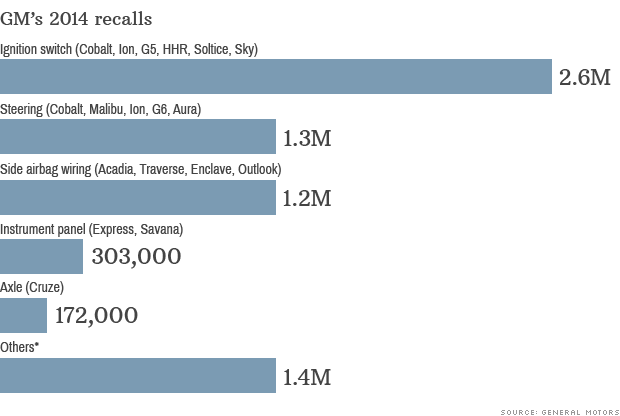I fou nd Juliet Choi’s blog on CVS Caremark ending the sale of tobacco products in their stores quite interesting. The change of operations isn’t necessarily shared value as CVS is losing profits. However, I do agree with Juliet in that it may become a shared value operation over the long-term as the company gains publicity. Tobacco products and health services do not correlate; to provide health care advice to quit the use of tobacco, but to offer that same product as a customer walks out of the store brings a mixed message to customers and a bad image upon the company. By eliminating the sale, there is a good chance that CVS will attract more customers because of their “social benefit” approach. In addition, it also allows CVS to differentiate itself from large store chains such as Walmart that continue to sell such products. There are clearly no health benefits from the use of tobacco and there comes a point where companies must re-evaluate what they are in the business for. Of course profits are a main goal of most businesses/organizations, but with the global scale of social media in the world today, businesses must be extremely careful in their activities. I believe CVS has made a tough, but beneficial change in their business model that will hopefully attract more customers to their health department.
nd Juliet Choi’s blog on CVS Caremark ending the sale of tobacco products in their stores quite interesting. The change of operations isn’t necessarily shared value as CVS is losing profits. However, I do agree with Juliet in that it may become a shared value operation over the long-term as the company gains publicity. Tobacco products and health services do not correlate; to provide health care advice to quit the use of tobacco, but to offer that same product as a customer walks out of the store brings a mixed message to customers and a bad image upon the company. By eliminating the sale, there is a good chance that CVS will attract more customers because of their “social benefit” approach. In addition, it also allows CVS to differentiate itself from large store chains such as Walmart that continue to sell such products. There are clearly no health benefits from the use of tobacco and there comes a point where companies must re-evaluate what they are in the business for. Of course profits are a main goal of most businesses/organizations, but with the global scale of social media in the world today, businesses must be extremely careful in their activities. I believe CVS has made a tough, but beneficial change in their business model that will hopefully attract more customers to their health department.
Sources:
Juliet Choi, “CVS Caremark’s End of Tobacco Product Sales,” UBC Blogs, Sept. 9th/14
Stephanie Strom, “CVS Vows to Quit Selling Tobacco Products,” The New York Times, Feb. 5th/14






